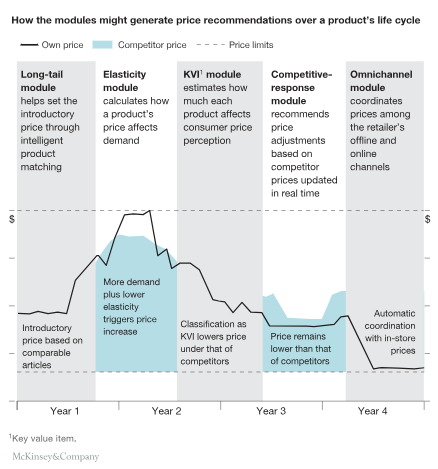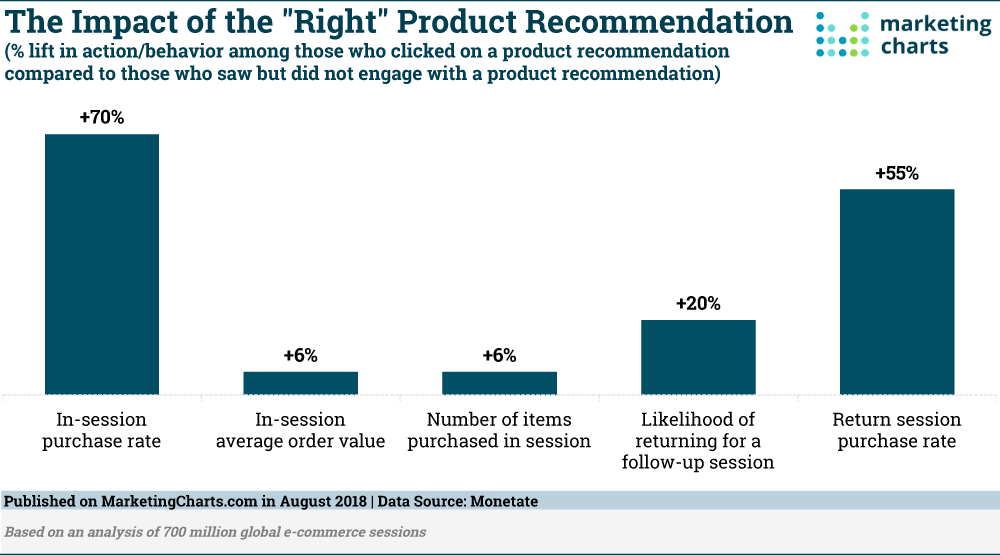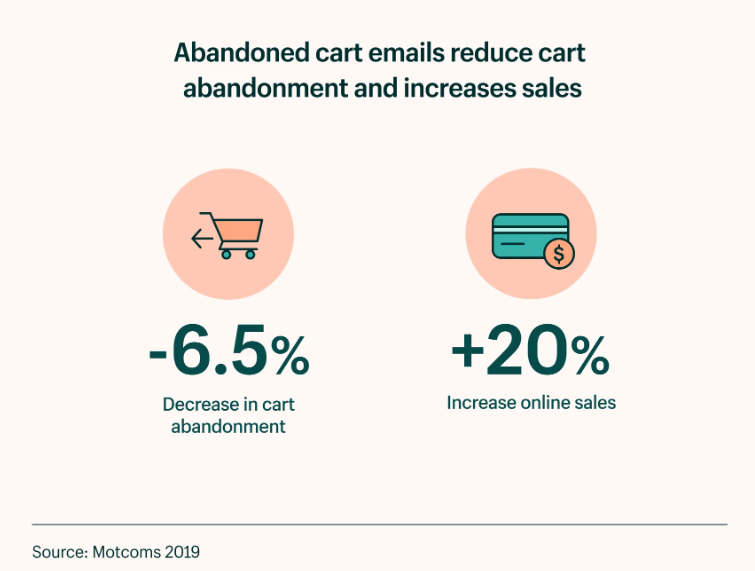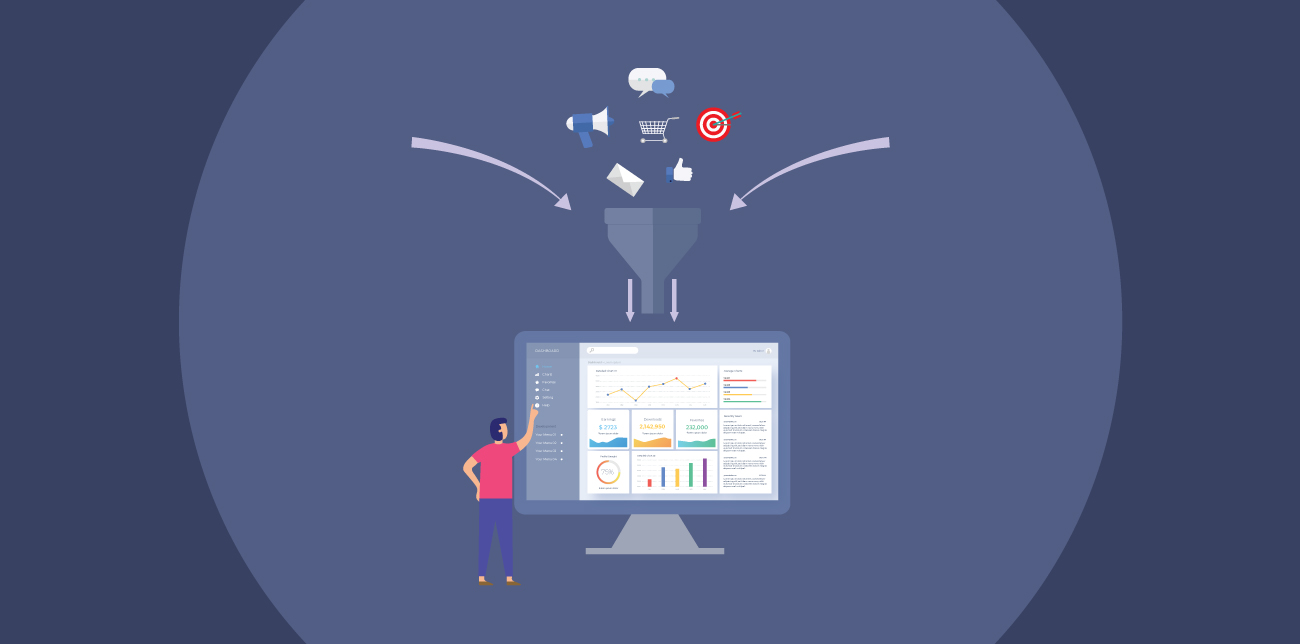With the always-changing data privacy laws and the eventual phasing out of third-party tracking, retailers need a better way to manage their customer data. Customer data platforms (CDPs) offer an excellent solution. CDP revenue exceeded $2 billion in 2023 and continues to rise as businesses of all types develop new strategies for targeting potential customers without compromising their personal data. Solid CDP strategies give eCommerce businesses and other retailers the tools they need to leverage first-party data and continue developing successful marketing campaigns that target the right audience. CDP strategies include using existing data to create personalized offers or to decide where and how to engage customers in various demographics that match a company’s most profitable customers.
By developing a variety of CDP strategies, retailers can adapt their strategy to the new digital privacy age and improve their reach and sales. As we delve into the intricacies of mastering CDP strategies, this comprehensive guide seeks to unravel the essence of these dynamic approaches, shedding light on their evolving relevance in the current year. In an era where personalized experiences reign supreme, CDP strategies emerge as a beacon of innovation, promising to be the catalyst that transforms retailers’ fortunes. Join us on this insightful journey as we explore the transformative potential of CDP strategies and their profound impact on the retail landscape.
What is a CDP strategy?
A customer data platform (CDP) is a tool retailers use to collect and assemble first-party data from multiple sources. This could include customer loyalty databases, existing customer accounts, email marketing lists, social media, SMS subscribers, and websites. On that note, a CDP strategy is a comprehensive approach employed by businesses to harness, organize, and leverage customer data effectively. It involves the integration of disparate data sources, such as online and offline interactions, purchase history, social media engagement, and customer service interactions, into a centralized platform. The primary goal of a CDP strategy is to create a unified and 360-degree view of individual customers, allowing businesses to gain valuable insights into their preferences, behaviors, and needs.
By consolidating customer data from various touchpoints, CDP strategies empower businesses, especially those in eCommerce and retail, to deliver highly personalized and targeted experiences. This personalized approach enhances customer engagement, loyalty, and overall satisfaction. CDP strategies typically involve the use of advanced analytics, machine learning, and automation to extract actionable insights from the amassed data, enabling businesses to make informed decisions and execute targeted marketing campaigns.
Robust CDP platforms also analyze customer data to provide insights into their preferences and behaviors. Retailers can use these valuable insights to inform every part of their marketing mix from advertising campaigns to pricing and promotions. A CDP strategy allows retailers to personalize their offerings to customer expectations. When executed well, these strategies help a retailer stand out among the competition and build a stronger relationship with customers.
In essence, mastering CDP strategies involves not only the technical integration of data but also the strategic utilization of customer insights to drive growth, improve customer relationships, and stay competitive in the digital commerce scene.
Components of a CDP strategy include:
- Determining how to collect and evaluate existing data
- Using customers to improve data quality
- Determining how to make the data collection process more efficient
- Determining how to use data to improve customer experiences
The importance of CDP Strategies for a retailer

Customers have more channels than ever to connect to a retailer in the modern retail landscape. Each touchpoint in omnichannel customer engagement allows retailers to learn valuable information about their customers and behaviors. Customer data informs everything from writing ad copy that converts to knowing what kind of inventory to carry.
To best use this information, retailers need to be able to collect it all in one location and analyze stacks of information that help them service customers more effectively. Customer data helps retailers better understand which audiences they need to reach and the best ways to reach them. It also lets retailers segment their audiences and develop marketing campaigns with language that is more likely to convert. Instead of relying on highly generalized ad campaigns targeted to a broad range of people on television or in a magazine, retailers can reach customers in multiple locations at a deeper level. They can highlight various features of their products based on what each segment needs.
A CDP strategy gives retailers information that impacts every part of their marketing strategy, including attribution. Having an abundance of customer data in one location lets a retailer better understand the customer journey from start to finish so they know where to target customers in various stages of the decision-making process. With CDP, retailers can make data-driven decisions to meet their goals more effectively. They can also collect more data to evaluate each CDP strategy and improve it.
Essential CDP strategies for data-driven success

About 75% of customers expect personalized experiences from companies that collect their data. One of the most common ways retailers use a CDP strategy is to create a tailor-made end-to-end user experience for each customer. Based on customer preferences and past interactions, a retailer can customize marketing messages and promotional deals for each customer. They can send out targeted ads on social media and other websites and modify their websites and other customer platforms to make the checkout process more effective for each customer.
Many retailers have been slow to jump on the personalization train. As of 2022, only 37% of companies personalized more than half of the customer journey. With the majority of customers expecting a customized experience, retailers who fail to deliver could find their customers switching to competitors who understand what to do with their data.
Along with personalization, CDP helps retailers better understand their customers based on how they shop. With CDP data, a company can monitor fluctuating inventory levels and use the data for omnichannel inventory management, pricing, and other operational decisions. CDP strategies can also center around how to improve products or services for customers. Using insights into features customers are missing to features they could live without, retailers can refine their products to create the best fit.
5 of the best CDP strategies for the retail industry
Retailers can use CDP to improve every customer interaction at each step. All parts of retail operations impact the customer experience from inventory management to marketing. With a solid CDP strategy, retailers have improved visibility into all facets of their operations, enabling them to improve any area that could impact customer service. The best CDP strategies for retail address different parts of retail operations.
CDP strategy #1: Dynamic pricing strategies

Dynamic pricing refers to pricing based on external factors such as supply and demand changes, seasonal factors, and market conditions. Think about how airlines often charge lower prices for red-eye flights and flights at less busy times to encourage customers to fly at these times. Dynamic pricing helps an airline reduce demand on more congested days and times by offering customers an incentive to switch their flight times.
Retailers can use a similar strategy to set prices and optimize savings for their less choosy customers. For example, a retailer specializing in home goods and big-ticket appliances might offer shipping discounts to customers who don’t mind waiting longer or who don’t mind having their items delivered in the middle of the week instead of on the weekend.
By shifting turnaround based on customer preferences, a retailer can better manage their delivery teams based on cost and capacity. eCommerce companies, including Amazon, will often use dynamic pricing to reduce demand for items that are selling quickly. Retailers can use this strategy to stay competitive with market fluctuations on their inventory without impacting their brand value with customers.
CDP gives businesses an idea of their hottest ticket items and what customers would be willing to pay for them. A retailer can send out customer surveys to test the waters or look at historical customer data for insights.
CDP strategy #2: Predictive stock management

In retail, stockouts are a costly problem. When retailers run out of inventory, they not only lose a sale in the moment, but they also risk losing customers and damaging their reputation. Conversely, carrying too much inventory means a retailer has to pay excessive storage costs or put items on sale, lowering their profit margins.
This CDP strategy helps retailers avoid both problems. By evaluating customer demand throughout the year, business owners and stock managers have a better idea of their expected inventory needs. By using data-driven forecasting, a retailer can make sure they always have the ideal amount of inventory on hand for customers without having excessive back stock.
Implementing this strategy allows a retailer to build a solid relationship with customers who can rely on the company to carry what they need. However, the retailer saves money by not ordering and storing more than they can sell.
CDP strategy #3: Customer feedback loop

With omnichannel engagement, retailers have an abundance of information about their products. CDP consolidates data from customer feedback surveys, social media, online reviews, and other sources of information they can use to perfect products.
By picking their customers’ brains, retailers know how to tweak their products and services to better meet expectations. Charles Schwab has successfully used customer feedback to refine its customer offerings and attract new business. Based on customer feedback, the company has lowered its commissions, started offering subscription services, and used customer behavior to refine customer service interactions.
This CDP strategy lets a company identify key trends and common issues in customer feedback. For example, a company might have a social media manager tracking and responding to feedback on its socials. But they might have another manager responsible for responding to online reviews and another manager overseeing calls that come into the customer service department.
With these silos in place, it’s harder for a retailer to know if multiple customers are experiencing the same issues. A CDP puts all this data in a centralized location and uses AI or another algorithm to detect patterns and trends a retailer can use to improve.
CDP strategy #4: Automated product recommendations

Product recommendations are a great way to personalize the customer experience while potentially improving retail sales. CDP helps companies stay compliant with privacy laws because the software uses historical, zero, or first-party data and information the company already has on file to automate product recommendations. Amazon is an example of how eCommerce companies can do this effectively. Each time a customer logs into their Amazon account, the platform uses their purchase history to recommend potential items the customer would like. Personalized recommendations strengthen a retailer’s relationship with customers. They help make the shopping experience unique for each visitor and highlight how well the retailer understands the shopper.
CDP strategy #5: Abandoned cart strategies

Sometimes online shoppers will spend time browsing and adding items to their carts without making a purchase. Common reasons include:
- High shipping costs or taxes
- Slow delivery
- Being forced to create an account to check out
- Complicated checkout process
Of the CDP strategies examples explored here, abandoned cart messages are one of the best for recouping lost sales. Tailoring email messages, SMS messages, or ads to people encouraging them to come back and finish their transaction leads to an average recovery rate of between 2.3% and 5.4%.
Many retailers traditionally used tracking cookies to automate these messages. However, they can use CDP to route customers to retargeting systems instead of relying on a third party to capture the data. They can also collect feedback on why customers are abandoning their carts and use the information to address common issues.

Future trends in CDP strategies

CDP is rapidly evolving with technology. Improvements in artificial intelligence and machine learning make it easier for CDP software to compile and analyze a lot of data. CDP is also shifting as more data privacy regulations come into place.
- Companies should be working on CDP transition plans that allow them to avoid collecting personal data. For CDP to remain legal, companies should put systems in place notifying customers about how they plan to use personal data and giving them a clear way to opt-out. More retailers are using CDP to create customer profiles that let them target potential customers without collecting personal information. In the short term, more companies will focus on protecting customer data. They may audit their CDP platform and legacy systems to make sure customer data is secure and less vulnerable to cyber criminals.
- Because a CDP can categorize shoppers quickly, retailers can identify commonalities between their best customers and create accurate customer personas to design and implement marketing campaigns.
- AI and machine learning also allow retailers to use their CDP data more quickly. These tools can help them accurately calculate customer growth, marketing channel successes, lifetime value, and much more.
- Virtual reality and augmented reality give retailers a new way to reach and service customers. Meta CDP data can be integrated with other information to enhance the online experience.
More FAQs for CDP strategies
These frequently asked questions delve deeper into CDP and its benefit for retailers.
What is a CDP model?
CDP models refer to prediction models generated by the program to help a retailer make decisions. This might include customer behavior profiles or predictive stock analysis. A CDP makes these models by analyzing large volumes of customer data, industry trends, and other information.
What are CDP solutions?
CDP solutions refer to the various software on the market. There are different types of CDPs available, such as marketing CDPs, analytics CDPs, and customizable CDPs. Some focus specifically on collecting data from customer relationship management (CRM) databases, while others offer tools that help a business create a campaign with the data. Retailers can choose the right CDP platform based on their budget and goals.
Do these CDP strategies apply to every retail sector?
Businesses in any retail sector can benefit from a CDP strategy. While a small store with a single brick-and-mortar location wouldn’t benefit from an abandoned cart strategy, the business owner can still use CDP to manage stock, consolidate customer feedback, and create customer profiles. With this data, retailers of all sizes can offer a better service experience to each customer.
What is a CDP vs. CRM?
CRM is a great way to manage sales and marketing. However, CRM is a small part of CDP strategy. CDP is a single solution to consolidate and analyze data from internal and external sources. A CDP can analyze CRM data in a broader context to give retailers better information for decision-making.
You can read our detailed guide about the key differences between a CDP vs a CRM here.
Is CDP a marketing tool?
CDP was initially designed for marketing. Because it collects and analyzes first-party data, businesses use it to create a 360-degree view of each customer. Marketers can use this data to develop successful messaging strategies and better understand how and where to target customers in different stages of the buying process.
How do you measure the success of a CDP strategy?
Like other parts of business operations, a retailer can measure each CDP strategy by setting up a list of key performance indicators (KPI). They may choose to measure KPIs such as click-through rates, conversions, or revenue growth to determine how well they are meeting their goals. Retailers can also monitor customer feedback to see if they are improving.
Are there any Pitfalls regarding CPDs?
Absolutely. Implementing and maintaining a CDP can present challenges such as data quality issues, integration complexities, difficulty measuring ROI, and the need for specialized skills. We wrote a dedicated article about this topic here.
Conclusion: Key takeaways and next steps in your CDP journey
We hope this article has been helpful in understanding advanced CDP strategies and how to implement them effectively.
Every retail organization stands to benefit from experimenting with these CDP strategies to optimize their processes. This is where ContactPigeon becomes your strategic partner. Our omnichannel customer engagement platform empowers you to create a seamless and unified customer journey across all platforms. By leveraging the capabilities of our CDP, businesses can personalize each interaction, ultimately driving deeper customer engagement and fostering sustainable business growth. Schedule a free 30-minute demo to discover how ContactPigeon can transform your business strategies.

Let’s Help You Scale Up





